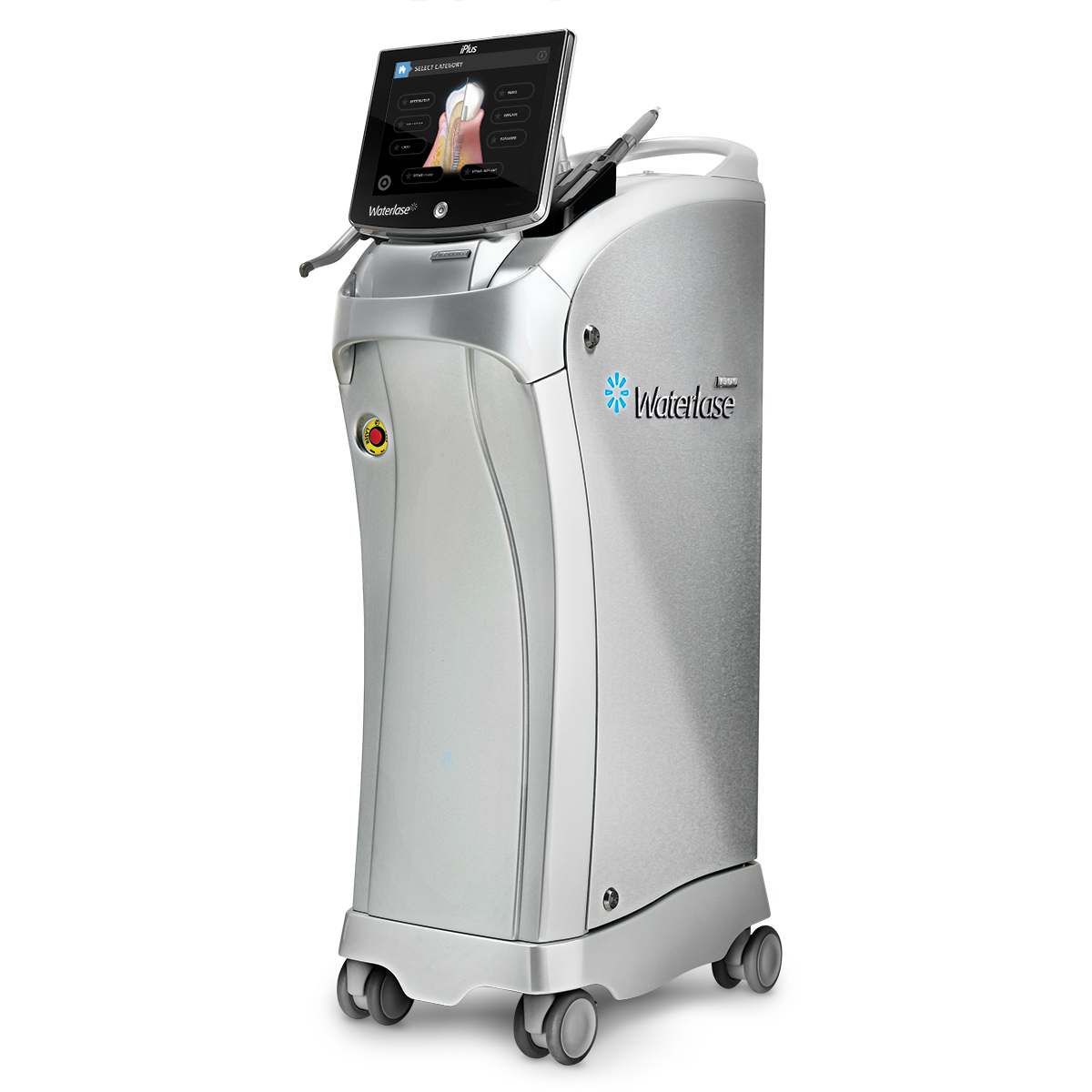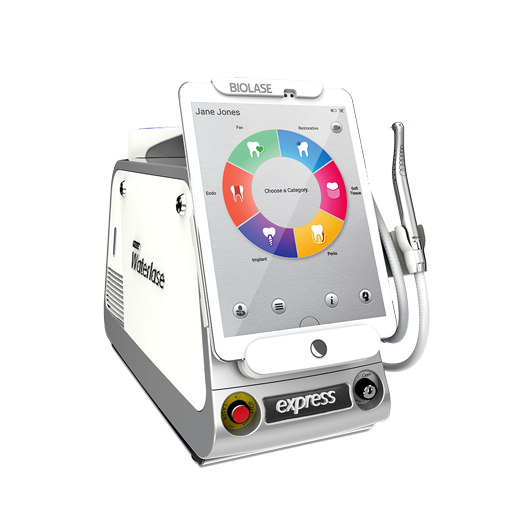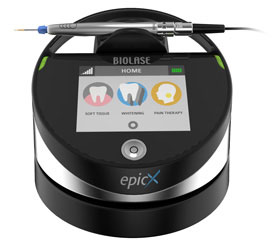If your braces hurt, sending a text message to your friends may be the answer.
Text messaging – the new way of communicating with other people, especially among the younger set. It’s fast, convenient, and readily available. Also, it’s great socially, professionally – and medically? It’s true.
Researchers have recently studied the effect of text messaging on the levels of orthodontic pain and anxiety that patients experienced. In particular, one study followed a total of 39 patients between the ages of 10 and 18, who underwent orthodontic procedures. During the procedure, each patient had access to a cell phone. The control group, comprised of 19 participants, received no text message after the procedure, while the study group, comprised of 20 participants, received text messages that offered support and showed concern for each patient’s well-being.
The results were intriguing. Although both groups did report some discomfort and anxiety, which is to be expected, the control group reported that the severity and duration of the pain was greater than those who received the supportive text messages. Interestingly, the levels of self-reported anxiety in both groups were approximately the same, reaching its peak the day after the procedure.
As discomfort and pain are two of the main reasons why patients avoid havingorthodontic procedures, words of encouragement and support can help alleviate the pain, or at least can provide a needed and positive distraction. It can also let the patient know that the office staff has a vested and concerned interest in the patient’s well-being. Though it cannot alleviate the actual anxiety after the procedure, text messaging can still demonstrate the dental office’s enthusiasm for engaging the latest technology, not just in their orthodontic procedures, but in their orthodontic pain management techniques too. Considering that, according to a worldwide provider of marketing services and analytical solutions, over 90% of American adults own a mobile device, and that SmartPhone owners between the ages of 18 to 24 send and receive close to 4,000 messages every month, embracing this technology seems like the right way to understand the needs and behaviors of the current generation, especially in terms of encouraging dental treatment.
Whether it’s the text messaging itself or whether it’s simply the medium du jour, the end result is still encouraging – text messaging can be a useful tool in helping to alleviate the orthodontic pain and discomfort during an actual procedure. And if this technological technique gets the patient to come in and return for dental work, then this improves both the physical and emotional well-being of the patient.
Text messaging may be the occasional scourge of parents, but can be a plus for dentists and patients alike. You never know its benefits until you explore them.



